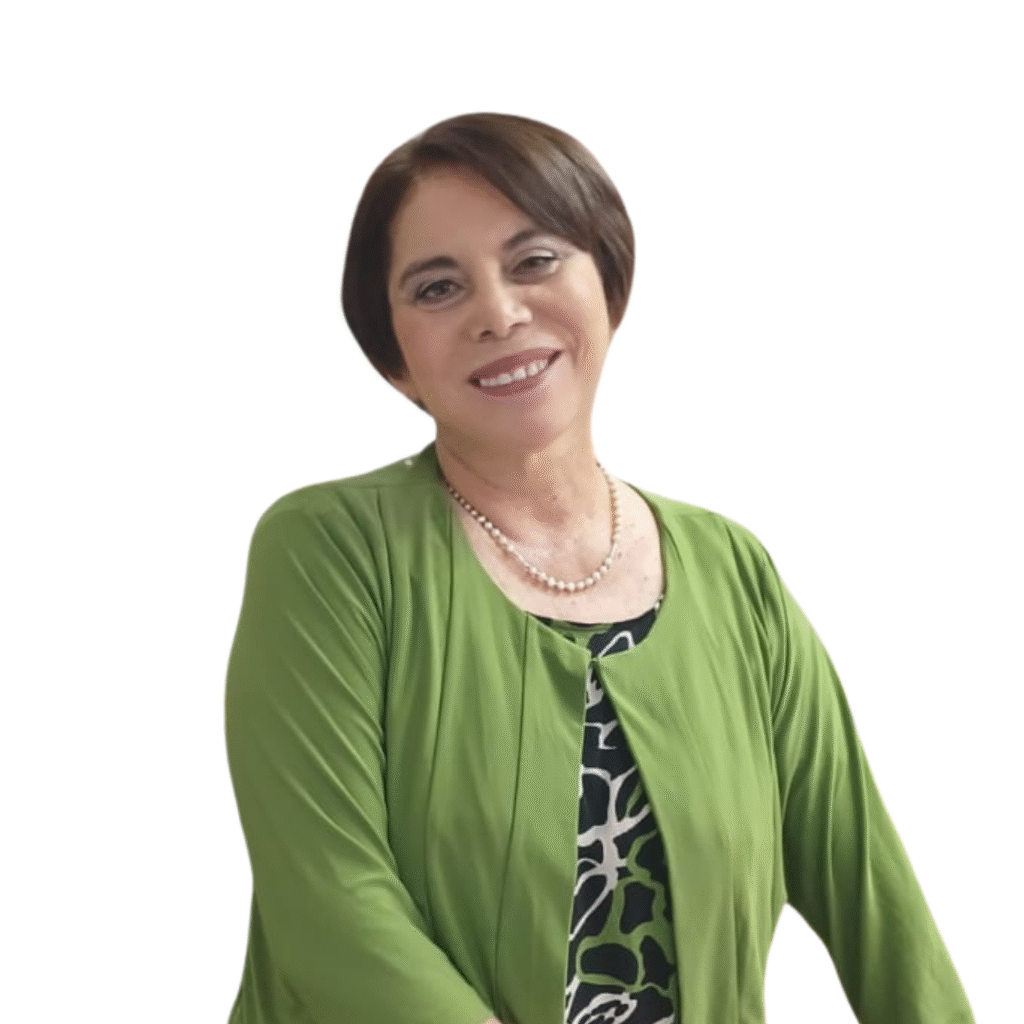In the midst of the daily whirlwind, when obligations and unforeseen events intertwine to shake our balance, we discover the urgency of an inner anchor. Resilience, that capacity to reinvent ourselves after pain, is not born by chance or from a mysterious gift: it is learned with the art of self-knowledge and tenderness towards ourselves. Below, we explore how to navigate grief, weave support networks, and rise stronger after each breakdown.
When a crisis shakes our foundations—the end of a relationship, the loss of job security, or an unexpected diagnosis—we tend to rush towards “quick recovery,” as if our emotions were an obstacle to overcome. However, clinical psychologist Berta Gálvez reminds us that “resilience is only the ability to rebuild after trauma.” With this phrase, Berta invites us to consider pain not as an enemy to defeat, but as the primary material with which we reconstruct our being.
In the same vein, Ursula Pfeiffer, our co-founder, adds a luminous precision: “Accepting grief does not weaken us; it anchors us in our strength.” Recognizing the sadness or anger that overwhelms us is not a sign of fragility, but the bravest gesture we can offer our own life. Every intense emotion demands a space for containment; ignoring it is equivalent to painting a cracked wall without repairing the fissure that threatens to widen.
The first step towards that inner refuge consists of turning our gaze inward and exploring our emotional landscape with curiosity and without judgment. Instead of denying what we feel, let’s ask ourselves:
- What emotions are emerging right now?
- Where do I locate them in my body: a knot in my throat, a weight in my chest, a tingling in my stomach?
- What memory or situation triggers this reaction?
Jotting down these answers in a self-discovery journal is more than a therapeutic exercise: it is the first stone to reclaim authorship of our story.
With the inner terrain mapped, the need for compassion arises. Let’s imagine for a moment the child we once were, fearful and helpless. Berta suggests we direct a gesture of verbal tenderness to her: “What do you need, little one? A breath, a hug, a refuge?” By speaking to ourselves with the same sweetness with which we would console a loved one, we displace internal reproach and create a space of care that, with practice, becomes a habit of resilience.
For this seed of self-care to take root, it is advisable to incorporate simple rituals that, when repeated, turn compassion into a daily refuge:
- Name with precision: replace grandiose labels (“this is an absolute disaster”) with clear and measured descriptions of what has been experienced.
- Record at the end of the day: note what nourishes us (an encouraging conversation, a short walk) versus what exhausts us (distressing news, pending discussions).
- Select consciously: choose readings, music, or company that uplift, avoiding content or relationships that reopen old wounds.
- Tender inner dialogue: dedicate a few minutes each morning to ask our inner child what she needs to feel safe.
- Celebrate our scars: contemplate each mark as a badge of survival, a reminder that what broke us has also taught us to rebuild ourselves.
These gestures are not more obligations on the agenda, but strokes of gold on the tapestry of routine, which beautify and strengthen our capacity to respond to adversity.
The metaphor of Japanese kintsugi complements this vision. That tradition of repairing broken ceramics with liquid gold celebrates cracks instead of hiding them, recognizing that the history of each piece is the source of its unique beauty. Ursula expresses it with delicate precision: “Cultivating resilience is embroidering gold into every crack of our history.” Thus, our scars become medals of wisdom, witnesses to the bravery that sprouts when we accept pain as material for our own transformation.
Resilience does not flourish in isolation. Along the way, we find the so-called “vitamin people”: the colleague who appears with a coffee and an attentive ear, the friend who sends a message just when anguish strikes, even the stranger from a workshop who shares a revealing piece of advice. Recognizing and thanking these ties nourishes our support network, reminding us that we do not have to carry the burden of pain alone.
Taming our inner tides requires continuous practice. Just as we learned to measure a child’s fever and apply the appropriate remedy, we need to tune in to the signals of overwhelm: insomnia that doesn’t subside, the inner voice repeating catastrophic thoughts, or the desire to isolate ourselves. Faced with this, we can resort to simple practices:
- A conscious breath at dawn that invites clarity.
- A barefoot walk on the grass to reconnect with the earth.
- Reading a passage that lulls us with its beauty.
- A hot bath that restores calm to the body.
Each gesture strengthens the conviction that we are capable of taking care of our own spirit.
The deepest roots of resilience sink into secure attachment in childhood. Berta evokes a endearing scene: her small, fearful son saw her walk away and burst into tears until she returned and, kneeling beside him, whispered: “I will never leave you alone.” That consistency in care builds the trust that, over time, flourishes into adult resilience. Evoking that experience inspires us to become our own refuge, guaranteeing our inner child the certainty of faithful support.
Even the best intentions can founder when we surround ourselves with unsuitable company. “Drama addiction” manifests itself in those circles of friendship where endless complaints reproduce without providing comfort or solutions. Berta warns that, far from strengthening, this dynamic deepens the wound. Learning to discern and, when necessary, distance ourselves from those who only recreate pain is an act of self-love as essential as any therapeutic technique.
The decisive impulse to live resilience to the fullest is to become our own allies: guiltlessly seeking what genuinely nourishes us, whether it’s a revealing book, an inspiring course, or a restorative rest. That serene pride, that conviction of deserving our own care, ignites the spark that sustains the inner flame and prepares us for each new dawn.
By intertwining self-knowledge, inner compassion, and daily practices, we weave a path of continuous rebirth. There is no endpoint or Faustian trophy; what awaits us is a succession of inner dawns where resilience becomes the constant melody of our life.
Watch the complementary episode Rebirth in Adversity: Cultivate Your Resilience with Self-Compassion on our YouTube channel: https://youtu.be/hhp7TQJq1vI
This article is part of the Pluma de Eva section of Yuriyana Club, a space created by women for women.


